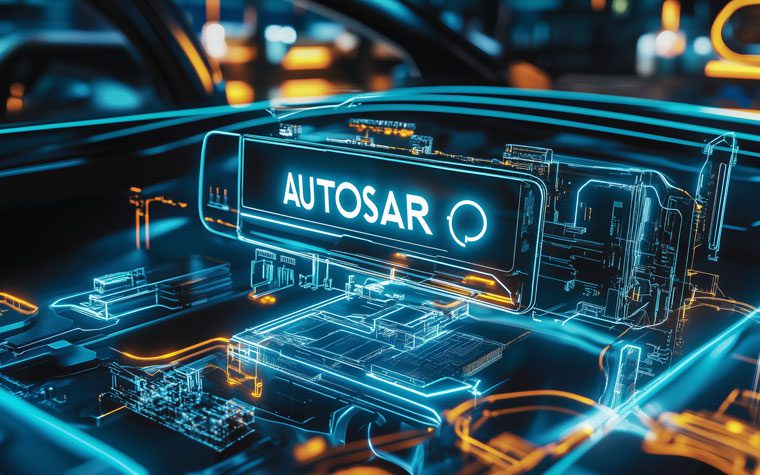
MEP Design Industry: 5 Emerging Technologies to Watch Out For
The construction industry is being perpetually challenged by progressively changing workflows, complicated project requirements, tight schedules, and strict budgets. To overcome the roadblocks, improve efficiency and project outcomes, MEP contractors are relying on emerging technologies that not only improves design and construction schedules, but also saves time, cost effort, while reducing construction mistakes and waste generation.
Here are 5 emerging technologies can change the future of the MEP design industry:
1. Internet of Things (IoT)
Buildings and other physical structures have had sensors installed for a long time, but emerging technology capabilities are paving way for the rapid proliferation of IoT into the ACE industry. IoT technology uses sensors and connectivity to monitor and control building systems, including lighting, temperature, and water usage. This data can be analyzed to improve system efficiency and reduce energy consumption. IoT also enables predictive maintenance, detecting and resolving issues before they become significant problems.
2. Constructible Process & Constructible Content
Traditionally, Building Information Modeling (BIM) has aided the construction industry with improved visualization besides providing an interactive and intuitive way to model physical structures conceptually. That said, next-gen buildings will need something more. MEP contractors will need to go beyond the traditional application of BIM and employ streamlined workflows, real-time collaboration, and a data-rich ecosystem enabling seamless coordination among every phase, process and person. Content-enabled, connected, and constructible data will optimize the entire cycle of designing, building and operating through collaboration and co-creation.
BIM allows for the creation of a digital 3D model of a building and its systems, enabling collaboration and analysis throughout the entire project lifecycle. MEP engineers and designers can use BIM technologies to optimize building performance and reduce energy consumption in an efficient and accurate way. They achieve this by analyzing the building’s thermal performance, daylighting, and ventilation and creating and comparing real scenarios of these elements in digital space to create an efficient and sustainable design.
3. Virtual Reality (VR) & Augmented Reality (AR)
VR technology enables designers and engineers to experience a building and its systems in a virtual environment. This allows them to visualize how a system will look and work in a building and make all necessary adjustments before construction even begins. VR technology also improves communication between team members and clients by providing a more immersive and interactive experience.
AR technology allows engineers to overlay digital information onto the physical world. MEP contractors make use of AR to visualize complex data and superimpose virtual data on physical surroundings to help them take better decisions on-site. This further enables them to see and modify designs in real-time, improving field communication and enhancing the design process.
4. 3D Printing & Laser Scanning
3D printing has the potential to revolutionize the fabrication and installation of MEP systems. It allows for the creation of complex shapes and parts with precision, speed, and cost-effectiveness. 3D printing technology is a sustainable solution that can reduce waste and improve sustainability in MEP systems. It can also increase the operational life of older MEP systems by enabling the creation of 3D printed spare parts. With 3D printing, parts can be produced on-demand, reducing the need for storage and transportation of pre-manufactured parts. Additionally, 3D printing can allow for more intricate and customized designs, which can improve the performance and efficiency of MEP systems. Similarly, laser scanning provides a highly accurate representation of the existing building or site, including the MEP systems. This information can be used to create accurate as-built drawings and models, which can be further processed or modified to create a digital twin for facility/operations management or improved and modified to create a more advanced and energy-efficient system.
5. Robotics
The use of robots in construction sites can help with the automation of routine and tedious tasks and help improve safety, quality control and timeline adherence significantly. Automated robots are finding application in diverse aspects with a construction ecosystem. For instance, demolition robots are a much cheaper and safer alternative for the demolition buildings and other physical structures. Similarly, construction robots can be used for masonry and bricklaying. In the future, robots will also find application in daily site reviews and inspections. This increases the consistency and accuracy of data collection and curbs the need for walk-through supervisions.
Apart from these 5 emerging techs, cloud-based collaboration, the use of prefabrication software and prefabricated components and Artificial Intelligence (AI) will also play a significant role in reshaping the MEP design industry. With emerging technologies on the verge of radically changing the MEP domain, it is crucial that all stakeholders invest in these new tools and have a shared vision for the future. The seamless integration of newer technologies and collaborative measures will only help optimize operational efficiency in the industry and bridge the productivity gap.


